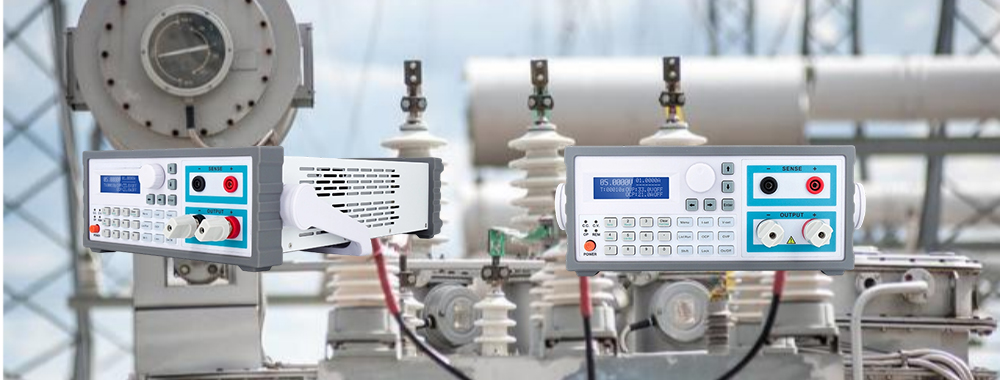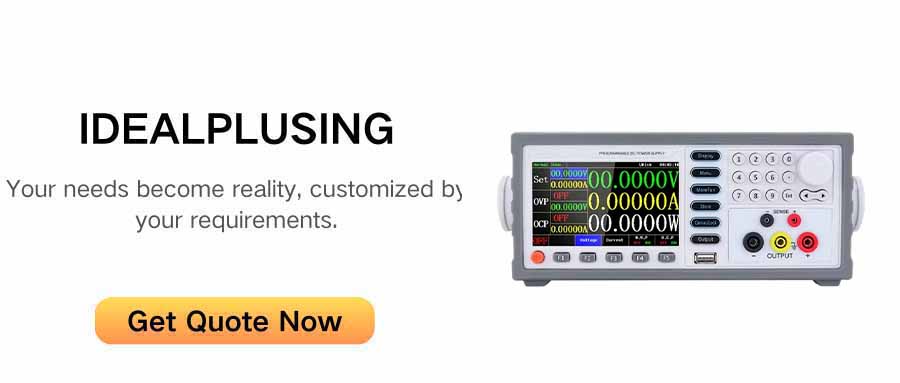Programmable DC power supplies, as high-performance devices, play an irreplaceable role in modern technology. They convert AC voltage into a stable DC voltage, making power more stable and reliable. Their constant current, low ripple, smooth operation, compact size, and light weight make them widely used in various fields.
Working Steps of a Programmable DC Power Supply
1. Filter Input: This step primarily filters out interference from the power supply to prevent it from affecting the stability of the power supply and the filterable oscillator. It converts AC power into DC while filtering out unnecessary signals and interference.
2. Filtering: The filtered AC power is converted back to DC by a rectifier. Rectifiers typically use silicon rectifiers or metal oxide semiconductor field effect transistors (MOSFETs) for various component configurations.
3. Main Filter: The modified DC power is processed by the filter, removing ripple components and producing a stable DC power supply. The filter typically consists of voltage-stabilizing components such as capacitors and inductors. This process is primarily achieved through a voltage regulator. Using a voltage regulator or other type of voltage regulator, a constant three-terminal voltage is maintained, ensuring continuous flow of power to the power supply and output controller.
Characteristics of Programmable DC Power Supplies
Programmable DC power supplies can be controlled in either analog or digital modes. Analog control primarily controls the output voltage by adjusting the gain and phase shift of the voltage control loop, while digital control controls the output and voltage characteristics by programming the phase adjustment ratio. These offer higher control accuracy and stability, as well as improved maintenance and expansion capabilities. In addition to basic power conversion functions, programmable DC power supplies also have the following characteristics:
1. Safety: Programmable DC power supplies generally employ overcurrent protection, overvoltage protection, and overtemperature protection to ensure the safety of the power supply and the safe operation of electrical equipment.
2. Programmability: Output voltage, current, and other parameters of a programmable DC power supply can be controlled and adjusted. Digital control through programming enables real-time data monitoring and control.
3. High Efficiency: Programmable DC power supplies utilize high-efficiency components such as rectifiers and filters to reduce power loss and heat generation, improving power supply efficiency.
4. Compatibility and adaptability:A good programmable DC power supply can meet varying input voltage and current requirements, as well as the power requirements of different devices, offering varying compatibility and adaptability.
5. High-reliability: programmable DC power supplies utilize high-quality components and rigorous production processes, effectively improving their stability and reliability, ensuring long-term stable, efficient, and safe operation.
Summary
A programmable DC power supply converts AC voltage into a stable DC voltage. It primarily operates through a filter input, rectifier conversion, and main filter processing. It offers constant current and low ripple, and is widely used in various fields.
IDEALPLUISNG Power Expert:
We focus on the research and development, sales and services in the fields of DC-DC power modules, AC-DC rectifier modules, DC-AC inverters, AC power supplies, DC power supplies, LED power supplies, chargers, rectifier systems, etc., providing personalized, efficient, reliable and cost-effective power solutions for all walks of life.
Thank you for considering our services.







